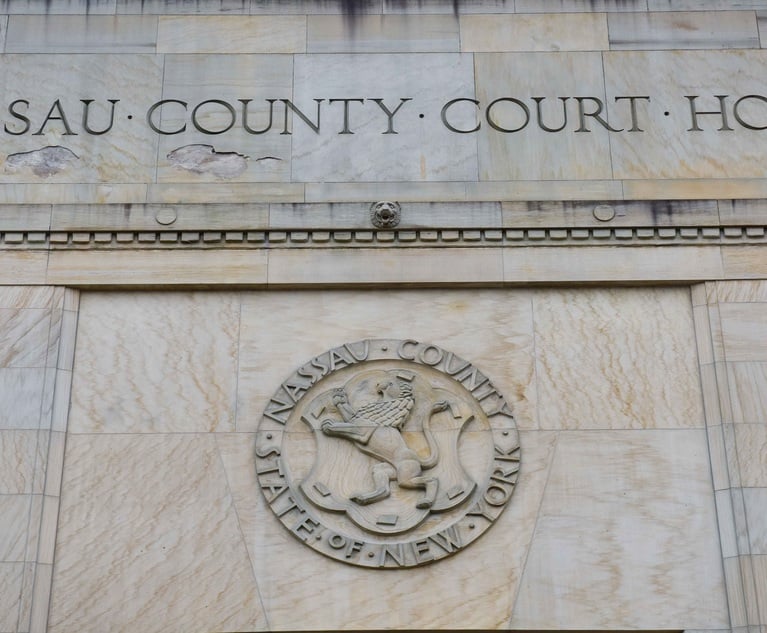In the 1980s, environmental agencies across the country, including the U.S. Environmental Protection Agency and the New York State Department of Environmental Conservation (NYSDEC), began to recognize that requiring owners and responsible parties to restore contaminated real estate to pristine condition was costly, time consuming and often unnecessary. Stringent environmental cleanup requirements were also driving development and jobs to pristine ‘greenfields’ while contributing to urban decay associated with contaminated ‘brownfields.’
In response, cleanup programs evolved. As a result, under most federal and state programs, some contamination can now remain in place provided that residual contamination does not present an unacceptable risk.


 A woman collects soil in a test tube for analysis. Credit: kaninstudio/Adobe Stock
A woman collects soil in a test tube for analysis. Credit: kaninstudio/Adobe Stock




